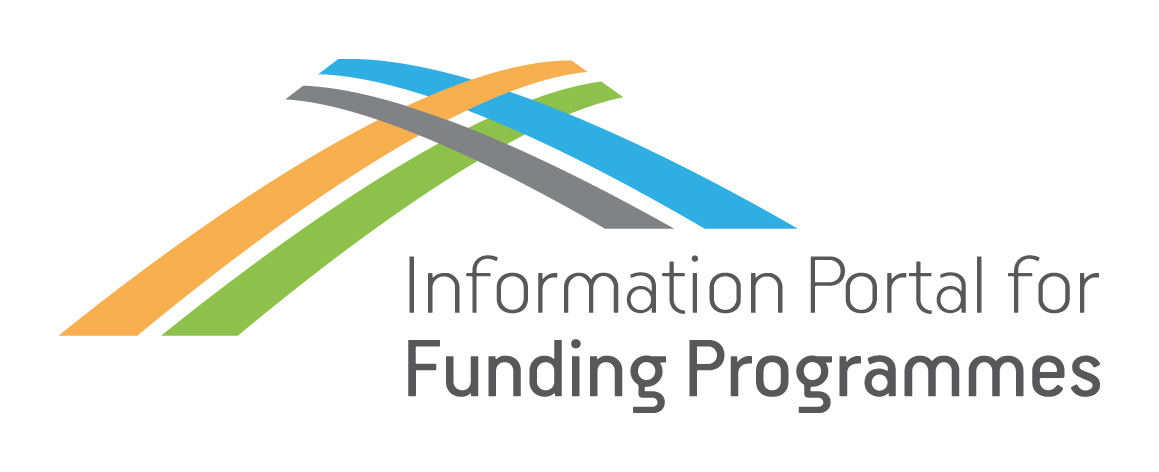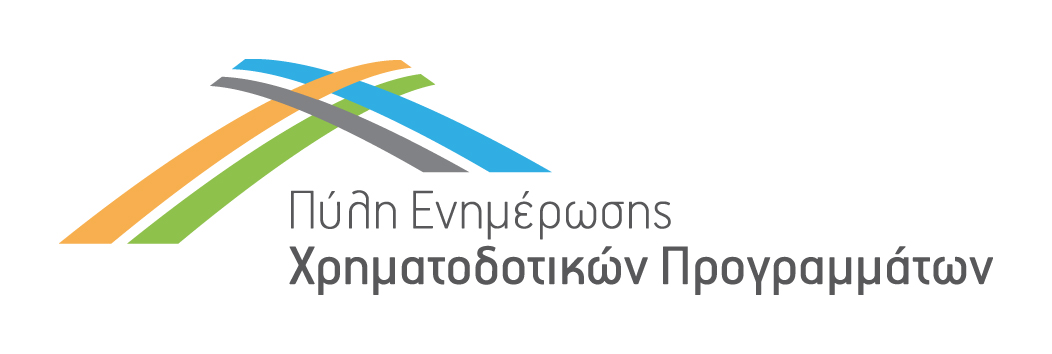Development of safe and sustainable by design alternatives to Perfluoroalkyl and Polyfluoroalkyl Substances (PFAS) (IA)
Programme Category
Programme Name
Programme Description
Horizon Europe is the European Union (EU) funding programme for the period 2021 – 2027, which targets the sectors of research and innovation. The programme’s budget is around € 95.5 billion, of which € 5.4 billion is from NextGenerationEU to stimulate recovery and strengthen the EU’s resilience in the future, and € 4.5 billion is additional aid.
Identifier Code
Call
Summary
PFAS are a large class of substances used in a wide range of applications (for instance, as adhesives, coatings, lubricants, sealants, surfactants), for their technical and/or safety functions (e.g., water and oil repellence, antiadhesion, thermal & chemical stability). Nevertheless, PFAS have been detected in groundwater, surface water and soil, the remediation of which is extremely problematic. Their accumulation in the environment has been linked to negative effects for the wildlife and the human health, including carcinogenic, mutagenic, reprotoxic and toxic effects for the endocrine system. In January 2023, five national authorities submitted to the European Chemicals Agency (ECHA) a PFAS restriction dossier to ban the manufacture, placing on the market and use of PFAS as a chemical class in all uses, with few exemptions.
The Commission initiative for SSbD sets a framework which should be a reference in the proposal. The new alternatives to be developed should meet the technical functions required in the specific applications and align with such framework.
Detailed Call Description
Proposals should address at least one industrial application and should develop one or more new chemical substances or technologies to replace existing PFAS used, according to abovementioned applications and functions, in one of the following areas:
- Electronics, electrical appliances and grids (e.g., wires, cables, heat transfer fluids, transformers, switchgears), where PFAS are currently used to provide a combination of technical and/or safety functions to withstand impact of high temperature, pressure and chemicals, ensure corrosion inhibition and non-flammability.
- Construction technologies (e.g., carpeting, drywall, paintings, foams) where PFAS are currently used to provide a combination of technical functions such as resistance in harsh environments and for wetting agents.
- Technical textiles (e.g., personal protective equipment, construction textiles, filtration and separation media, technical textiles for transport applications) where PFAS are currently used for their repellence but also heat stability and corrosion inhibition.
- Automotive parts (e.g. electrical parts including batteries, membranes, hoses and pipes, brakes, rubber processing) where PFAS are also currently used.
All actors along the value chain should be involved to ensure the new substance has a clear use case, market and potential to grow.
Multidisciplinary research activities should address all of the following:
- The ‘Safe and Sustainable by Design’ framework should be applied when developing the alternative(s) and the assessment results be published and underlying methods and data made FAIR across the whole value chain;
- The selection of the PFAS alternatives to be developed should be justified with a technological and socio-economic analysis, also considering potential impacts on health and reproductive health;
- Novel PFAS-free materials or structures should undergo testing under relevant conditions to ensure their properties meet or exceed the properties of PFAS-based solutions across various applications;
- The substitution barriers for the selected applications should be identified and a driving mechanism for a maximal substitution in the targeted value chains proposed;
- Challenges for the adaption of existing production lines should be identified and solutions proposed;
- Communication and other outreach actions to all stakeholders and specifically citizens about the benefits of the developed ‘Safe and Sustainable by Design’ alternatives to PFAS substances.
- Proposals should involve appropriate expertise in Social Sciences and Humanities (SSH), e.g. with communities of citizens to engage in product reliability and consumer rights. At least, an analysis of how the introduction of such alternatives is positively or negatively considered by users and the general population, disruptive (or not) for the established social norms or behavioural patterns, should be conducted;
- Policy briefs will be reported to the European Commission on a yearly basis to communicate on the key results and achievements.
Proposals should indicate to which chapters of the Strategic Research and Innovation Plan for chemicals and materials they will contribute.
Proposals submitted under this topic should include a business case and exploitation strategy.
In accordance with the SSbD framework, this topic requires the effective demonstration of the added value of the outcomes to protect human health and the environment, e.g. in the fields of biodiversity protection, indoor and /or outdoor air quality.
Collaboration with existing Open Innovation Test Beds (OITBs) should be explored – where relevant.
Call Total Budget
Financing percentage by EU or other bodies / Level of Subsidy or Loan
70%
Expected EU contribution per project: €7.00 million.
Thematic Categories
- Industry
- Research, Technological Development and Innovation
Eligibility for Participation
- Businesses
- Educational Institutions
- Large Enterprises
- Legal Entities
- NGOs
- Other Beneficiaries
- Private Bodies
- Researchers/Research Centers/Institutions
- Semi-governmental organisations
- Small and Medium Enterprises (SMEs)
Eligibility For Participation Notes
A number of non-EU/non-Associated Countries that are not automatically eligible for funding have made specific provisions for making funding available for their participants in Horizon Europe projects.
International collaboration is encouraged.
Call Opening Date
Call Closing Date
National Contact Point(s)
Research and Innovation Foundation
29a Andrea Michalakopoulou, 1075 Nicosia,
P.B. 23422, 1683 Nicosia
Telephone: +357 22205000
Fax: +357 22205001
Email: support@research.org.cy
Website: https://www.research.org.cy/en/
Persons to Contact:
Dr Angelos Ntantos
Scientific Officer
Email: antantos@research.org.cy
Mr. George Christou
Scientific Officer
Email: gchristou@research.org.cy




